About the Mennonites in Paraguay by @papi.mati
About the Mennonites in Paraguay
Two years ago, we were volunteering with my two partners at one of the Fernheim farms near Philadelphia, Paraguay's Chaco region ( location in what3words ). We took care of cows and chickens, but as the farm owner also has a small shelter and saves wild animals, we fed pumas, tapirs, skunks, and many other animals that we had not even dreamed of getting to know so closely before.
Fernheim is one of the three Mennonite communities (nowadays, not only - people of other faiths and atheists can live here too. Originally they were only Mennonites) in Chaco, with about 5000 Mennonites of German origin and 1000 other citizens. The area includes 26 villages with over 300 farms in total, and the town of Philadelphia, the capital of the region of the same name.
The language spoken by the locals is called "Plattdeutsch" and is a mixture of German and Spanish. Of course, everyone knows Spanish, and most of them also know Guarani, which is taught in schools in Paraguay and is treated as the second official language. Currently, 90% of Mennonites have Paraguayan citizenship. The remaining 10% are immigrants as the level of migration in the region is constantly increasing.
Mennonites are beliefs based on Anabaptism (same foundation as Amish). The main differences are the postulate of receiving baptism only after reaching the age of an adult, separation from the institution of the Church and its hierarchy (no clergy, bishops, etc.), pacifism (Mennonites are not allowed to possess weapons), a categorical ban on swearing in anything, a ban on holding office (Mennonites cannot engage turn into politics, hold higher offices), striving for self-sufficiency (Mennonites, if possible, buy everything exclusively from each other), separatism (when you want to buy a plot of land or rent a flat from Mennonite, you will first be thoroughly checked to see if you adhere to a similar system of values. The "tests" may take up to several years). Additionally, Mennonites can only marry one another and make sure none of the neighbors are not sinning. A person who would break those rules may be excluded from the fellowship and be cut off from their family and friends. The more radical ones, who, however, are in a decisive minority, approve of life without great pleasures that would distance them from God. They live without electricity (which is available in Philadelphia only from the late 1980s), following the Amish model.
 Bottle trees - example of local flora, although not much of them left in this area. Mostly it's just the grasslands
Bottle trees - example of local flora, although not much of them left in this area. Mostly it's just the grasslands Mennonites interpret the Bible literally and read the record of making the Earth subordinate to them as the right to manage their properties in a way that provides them with the most benefits, which results in the greatest deforestation of trees and environmental degradation in human history. Chaco forests are disappearing from year to year.
The beginnings of the Mennonites date back to the first half of the 16th century in the Netherlands. Religious persecution made them move to Prussia and Poland (at that time "the state without stakes"), and later to Russia, in Siberia. The Bolshevik Revolution in Russia forced communities to search for new lands. In 1930, they moved to Paraguay, where thanks to donations from their brothers in faith living in the United States, they managed to create a rich community in a relatively short time. The Paraguayan government welcomed them with open arms, gave the still untouched lands of Chaco for free, secured religious freedom and the irrevocable right to refuse military service by a special decree (because of the prohibition of using weapons and violence written in their religion).
For the next two years, the Mennonites lived in complete isolation. No roads were leading to the villages and Philadelphia at that time (the first - transChaco, was built only in the 1960s). In 1932, the Chaco war broke out, during which Bolivia faced Paraguay. It was then that the first Paraguayans marched through the town as armed army units.
Mennonites continue to form strong communities. Currently, they are centered around three churches, but on the same basis: the Mennonite Church, the Brethen Mennonite Church, and the Brethen Mennonite Evangelical Church. In addition, there are Jehovah's witnesses and Catholics in the town. Communities also have their own cooperatives to which they allocate a part of their earned money. As a result, the city has high-level state education, free health care, a radio station, two local newspapers devoted to current events, and an organization to help buy agricultural goods and distribute them in Paraguay. The Mennonites also built almost 1,400 km of roads in the region without the help of the Paraguayan government (but without asphalt. The asphalt road on this side of the Paraguay River is only Transchaco). All this would not be possible without community thinking. It should be remembered that Paraguay is the second (and taking into account the current situation in Venezuela, the third) poorest country on the continent and the government does not have many funds for investments, especially in the case of such distant and sparsely inhabited regions.
Currently, they create separate districts for themselves. In the 21st century, it was no longer possible to keep the town in the hands of just one social group. With electricity plugged in in the 1980s, a lot of immigrants began to arrive, and then, in 2006, when Philadelphia was declared the capital of the region, even more foreigners came. The solution was to create separate neighborhoods. So we have three neighborhoods in the city for aborigines of three different tribes (Guarani, Uj'e, and, more in isolation, Guidaiche), we have neighborhoods for Latinos and the Mennonites themselves.
The cooperatives also create their supermarkets with two prices - one for the Mennonites who pay the premiums, the other, slightly higher, for "ordinary residents" and us, tourists.
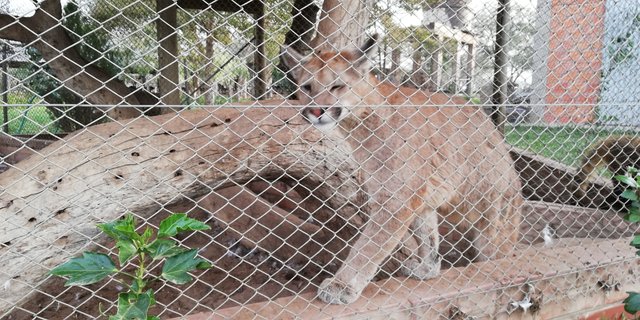 Wild Puma kept by someone at home and then left to die near the shelter - another animal we took care of
Wild Puma kept by someone at home and then left to die near the shelter - another animal we took care of Philadelphia is not a tourist town. There are two hotels and several eateries, there is one museum, and two residents work as guides in the surrounding National Park (for outrageously high prices, but in the city everything except the meat is expensive), but still, the sight of the stranger arouses curiosity.
Is the town worth visiting? Certainly, although it is worth hurrying. Chaco is one of those regions that will disappear from the maps this century due to massive deforestation and global warming. Even today, people lack water, and summer temperatures reach 45 degrees Celsius. But I'll write about it another time.
thank you for reading,
@papi.mati
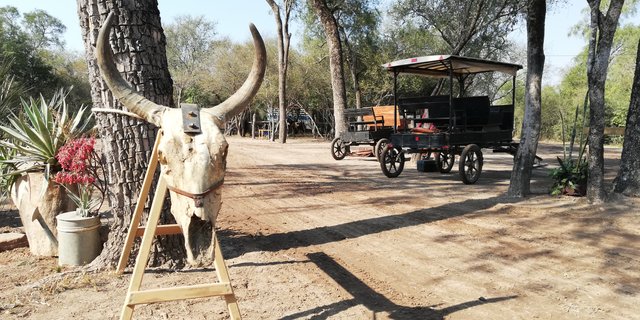
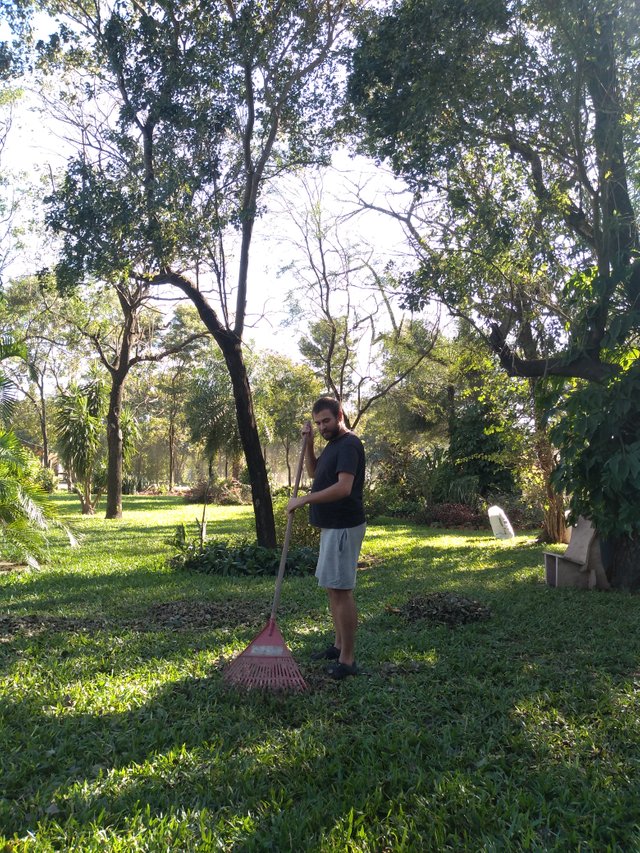
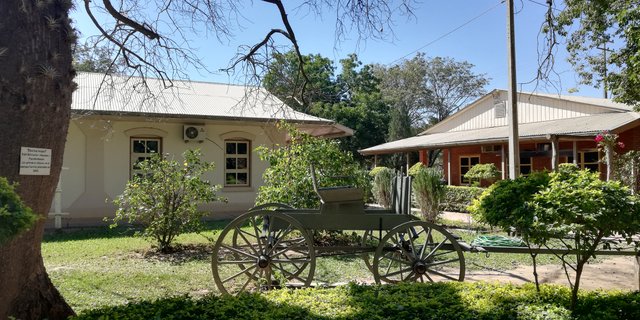
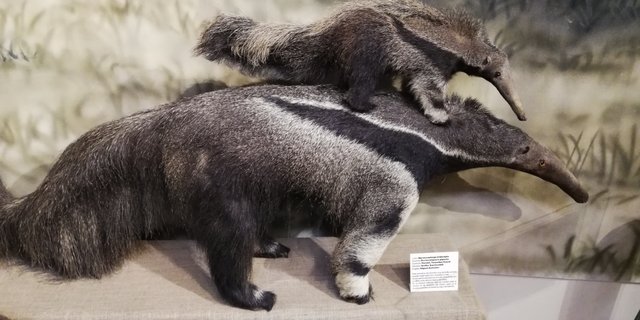


Wow... this is really interesting @papi.mati
Bottle tree? I've never heard of it, let alone seen it, you can add what3words so we know where it came from, as well as support the Mr. program. @pennsif recently.
Sorry if I'm wrong, I didn't mean to offend. Thank you for you.😇
That's a great suggestion! Thank you for your comment, I added what3words to the post 🤗
You are welcome 🤗😇
Nice to meet you @papi.mati